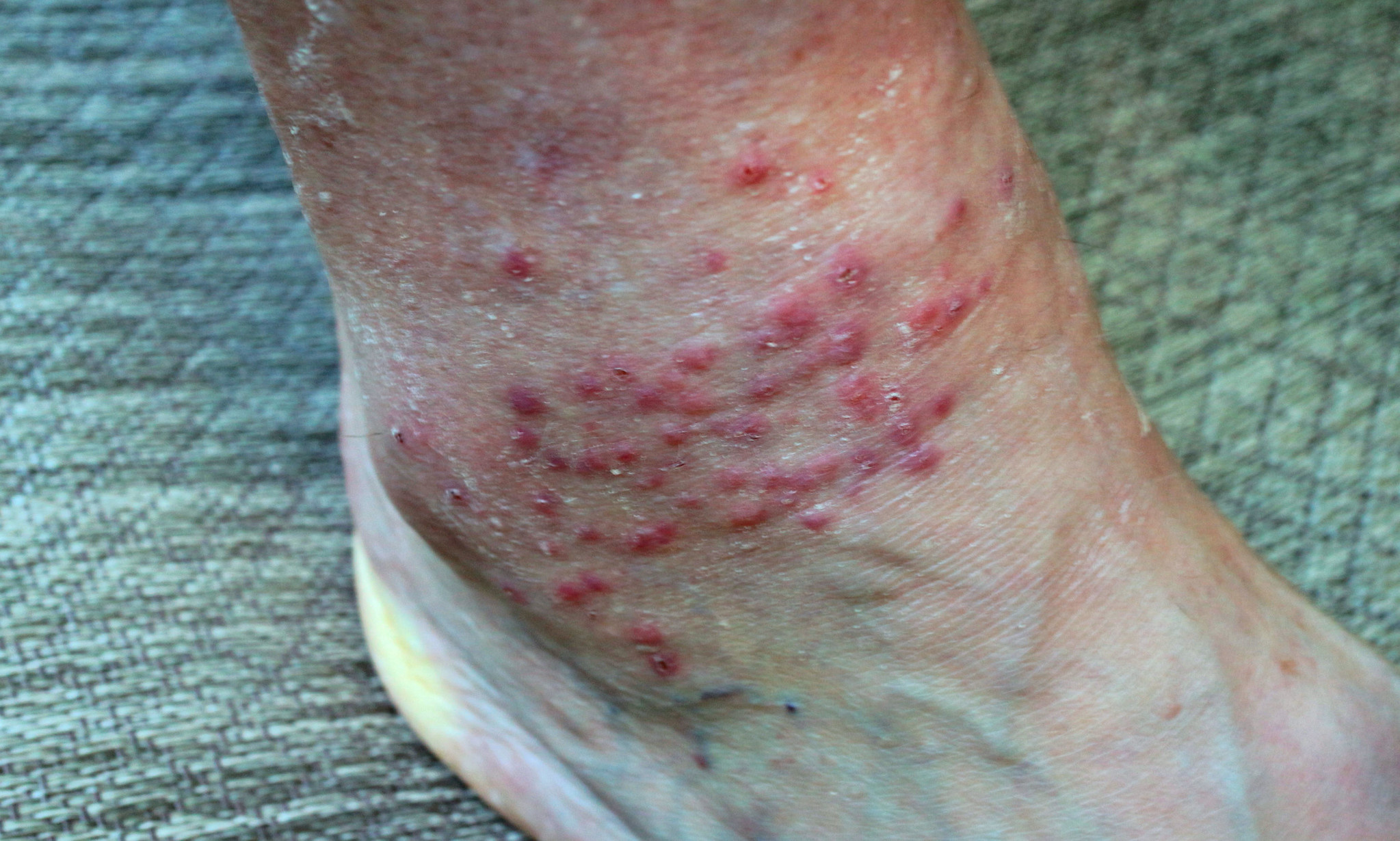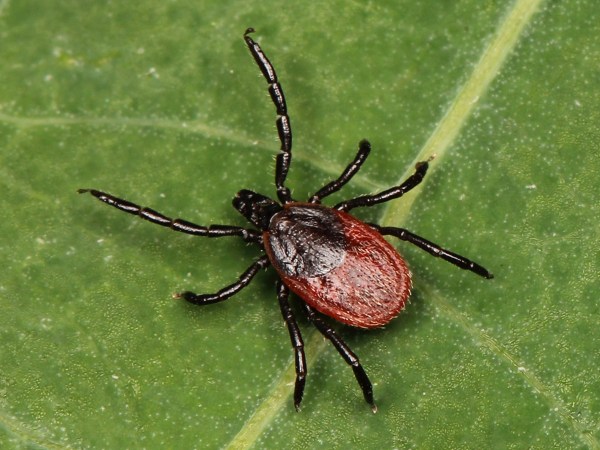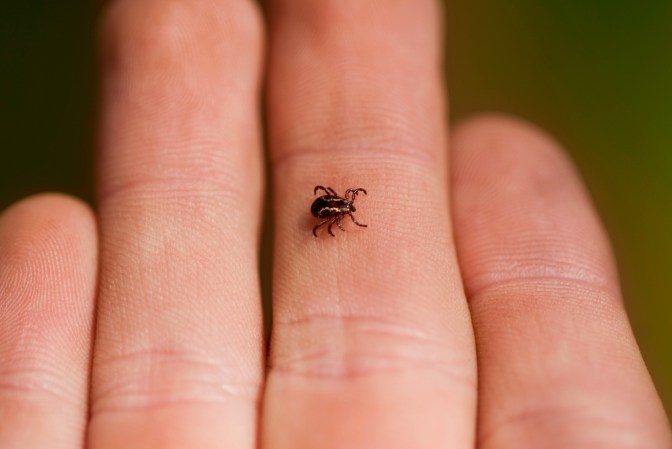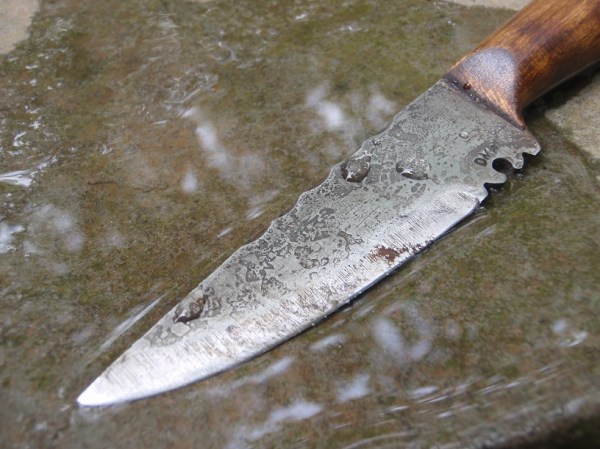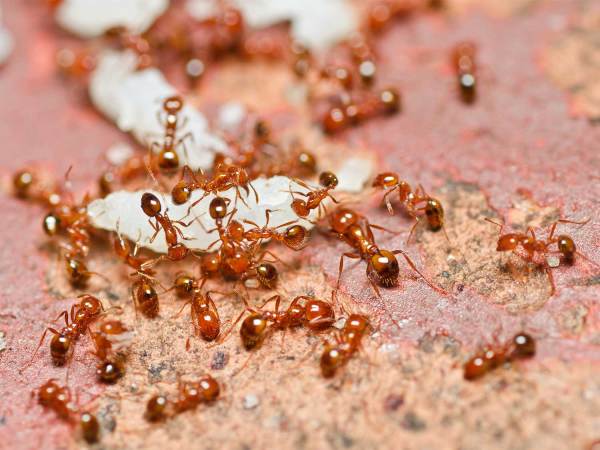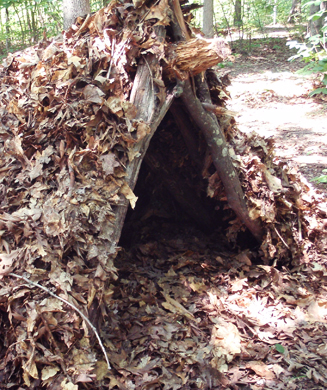As if all the biting bugs that are visible to the naked eye weren’t nuisance enough during the summer, the tiny chigger is nearly impossible to spot and produces giant welts that are maddeningly itchy. The good news is that, unlike ticks and mosquitoes, chiggers don’t usually carry diseases in the U.S. and chigger bite treatment can be administered at home with basic first aid supplies.
What chiggers in the U.S. have historically lacked in disease risk, they more than make up for with itch factor. The bites will drive you crazy if you don’t treat them. If you’ve never even heard of chiggers before, then lucky you. If you’re suffering from chigger bites as you read this, then relief is on the way. We’ll cover everything from where chiggers live to what the tiny bugs look like, how they bite, how to differentiate chigger bites from other bug bites, and how to treat them.
What Are Chiggers?
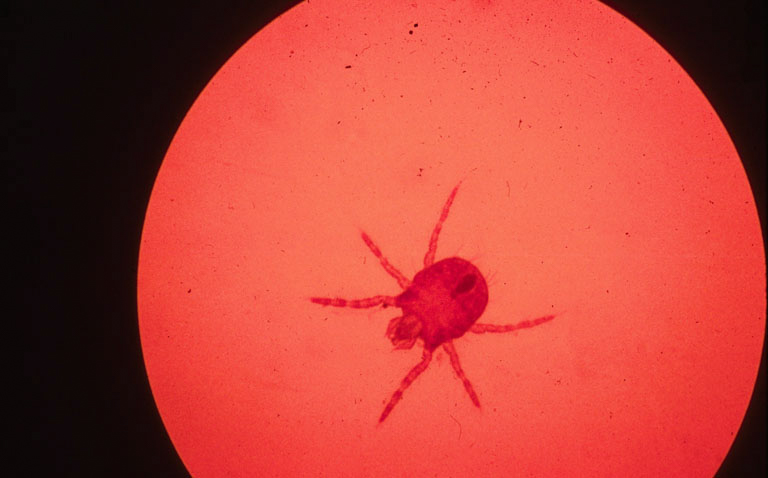
In order to understand proper chigger bite treatment, it’s helpful to first know what chiggers are and where they live. Chiggers are the larval form of a mite species in the Trombiculidae family. They are technically arachnids, like spiders and ticks, although they are much smaller and often aren’t visible without a magnifying glass or microscope. The larvae are less than 1/150th of an inch, while adults are about 1/60th of an inch. If you do manage to get eyes on one, they can be an orange or bright crimson color, hence the other common nickname: berry bugs.
Humans need only worry about these parasites in their newborn larval stage. After hatching, they require a meal to mature into nymphs and adults. They cling to clothing and eventually make their way to skin, where they inject a special digestive enzyme that breaks down skin cells. They actually spend three to four days feeding on the dead, liquified skin cells that result from their saliva. (Contrary to popular belief, chiggers do not feed on human blood as mosquitos do.) This enzyme is what causes the violent itching. Chiggers may stay attached for multiple days to feed on their hosts, assuming the hosts don’t furiously scratch them off. (We don’t recommend doing this, since it won’t make the bites itch any less and could potentially lead to infection.)
Where Do Chiggers Live?
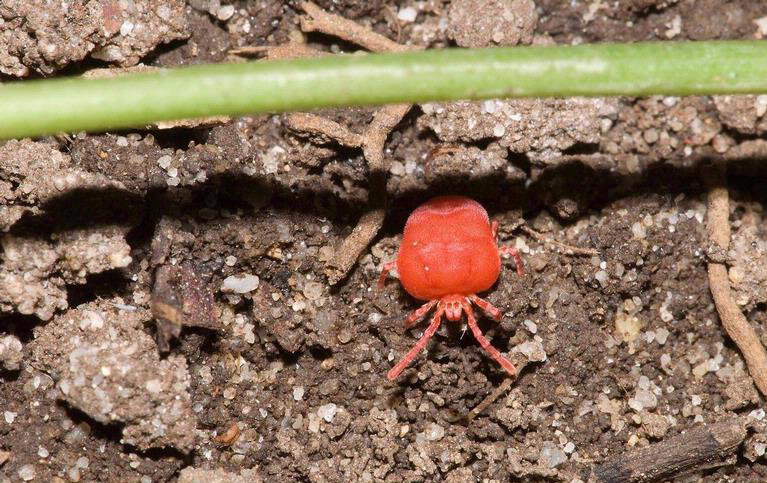
Chiggers lay waiting for their host in wooded areas in tall grasses and shrubs, especially near water and in shade. They exist globally and across the U.S., but are more common in more humid places since they prefer moisture. For that reason, you are more likely to encounter chiggers in the South, Mid-Atlantic, and Great Lakes regions than you are in the Northeast, Northern Midwest, Mountain West or Southwest.
Chiggers are most active during the late spring to early fall months. If the ground temperature is hovering between 77 and 86 degrees Fahrenheit, they’re certainly on the move and looking for a meal. Any ground temperature drop below 42 degrees spells almost certain death for chiggers.
Chigger Bite Symptoms
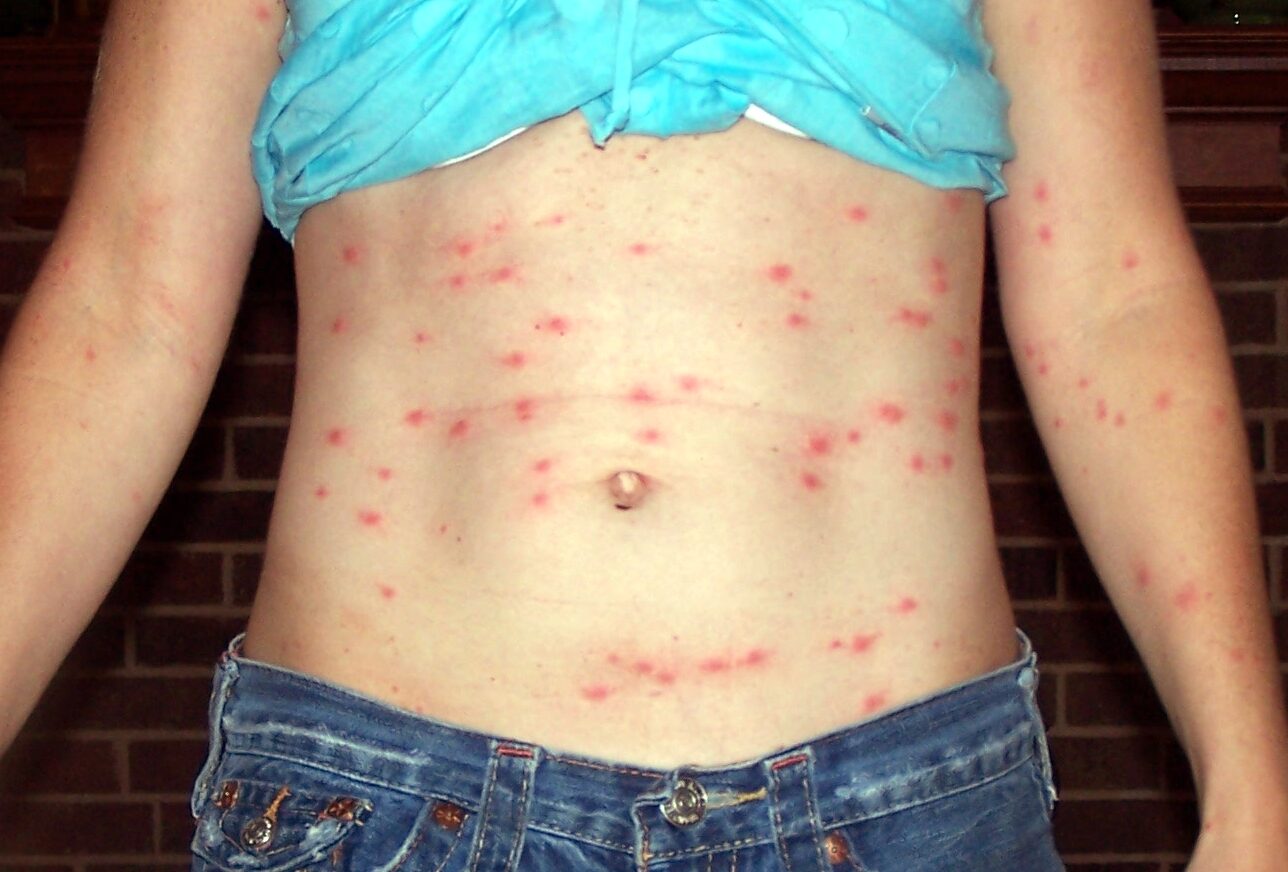
Telling symptoms of a chigger bite from other bug bites and rashes can be tricky, but knowing what to look for is helpful. Chigger bites are:
- Red
- Itchy
- Small bumps
- Multiple bites in a small area
- Clustered in areas covered by tight-fitting clothing or waistbands
- In areas with thin or wrinkled skin
- Sometimes accompanied by pustules or whiteheads, similar to ingrown hairs
Because chiggers move from clothing onto skin, places where clothing is in close contact with skin are the most vulnerable, second only to places without any clothing cover. Chigger bites are common on the ankles, backs of knees, groin, belt-line, and armpits.
Some people describe chigger bites as a “chigger rash,” since the bites are small and clustered. They can resemble other types of rashes like sun rash or poison ivy. Look for clusters of irritated, little white pustules resembling ingrown hairs rather than liquid-filled blisters or sprawling patches of red skin.
How to Treat a Chigger Bite
If a strange collection of itchy red bites appear after a hike, early-season hunt, or yard work, there are a series of steps you can take to ward off the worst of the symptoms. Steps for chigger bite treatment include:
- Taking a shower. Wash the area with soap, warm water, and a washcloth or loofah. This step helps ensure that any remaining chiggers wind up down the drain and don’t stay on your skin, drooling skin-melting enzymes onto your ankles or the backs of your knees. Better yet, take a shower or a bath. Scrub a little harder than usual.
- Doing a load of laundry. Wash any and all clothes, blankets, and other textiles that you brought outdoors in hot water. They might still have chiggers hanging around and waiting for an opportunity to jump to skin.
- Applying ointment. Treat the bites and rash with over-the-counter anti-itch cream. For some folks, calamine lotion does the best job. Others prefer a hydrocortisone cream, or maybe a swipe of menthol ointment. Keep applying in the days and weeks that follow to stave off the itchiness.
- Taking meds. If creams and ointments aren’t getting the job done, take an antihistamine like Benadryl before going to bed. This will treat the itch systemically rather than topically. You can also apply cold compresses to relieve the fiery irritation.
- Watching the area closely. If you scratch the bites too much and accidentally break the skin, you run the risk of infection, which could require antibiotics to clear up. You could also react to the bites so severely that you require a steroid shot. If anything extreme arises, contact your doctor. Expect the bites to itch for one to two weeks.
Chigger Bite Prevention
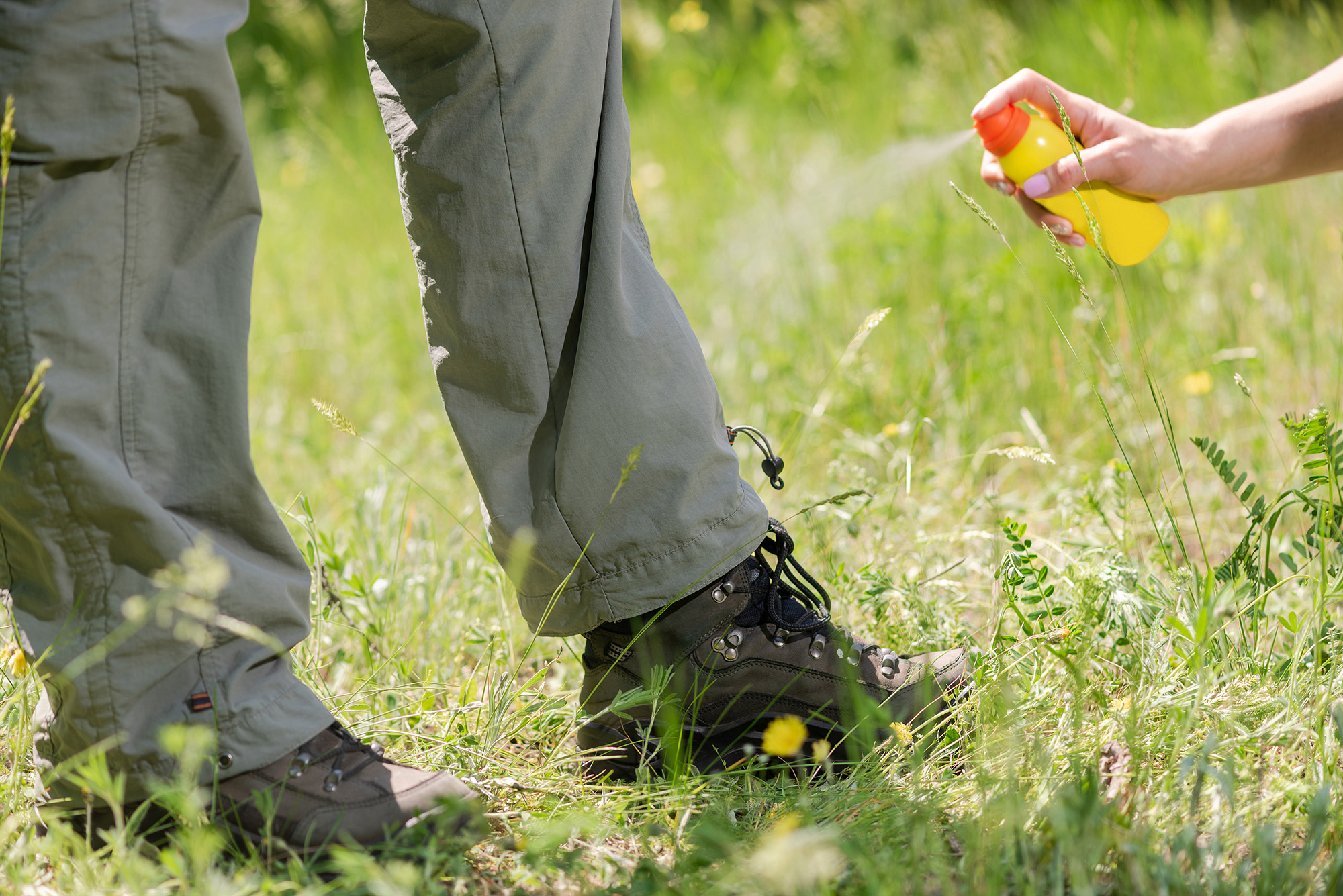
Like most other outdoor pests, chigger bites can be prevented with proper care and attention to detail. Insect control is, after all, one of the most important ways to stay safe in the outdoors.
- Wear long, loose-fitting clothing if you’re going to walk through woodlands, tall grass, or brush.
- Before you go outside, douse yourself in an insect repellent of your choosing. Anything you would use as a mosquito repellent for camping should work fine, as long as it has DEET.
- Consider treating your clothes with permethrin before wearing them outside. Permethrin is considered one of the best tick repellents and can make a big difference in deflecting all types of nasty biting bugs. You can also buy pretreated insect-repellent clothing.
- When you get home, throw your clothes in the wash and take a hot, soapy shower. Scrubbing your skin with lots of soap can help kill chiggers before they get a chance to bite you.
FAQs
No, chiggers will not spread and infest your bed or bedsheets. Unlike other parasites that can live and reproduce indoors, the chiggers a human would bring indoors are still in their larval phase and would likely brush off or be scrubbed off before making it to a host’s bed. Even if they did make it there, they would likely die before being able to reproduce. It’s still a good call to take a thorough shower after spending time outside.
No, chiggers do not lay eggs in your skin. The only time a chigger interacts with human flesh is in its larval phase, well before it reaches reproductive age. Chiggers fall off after completing their larval meal (and frequently before completing that meal). They lay eggs in leaf litter and grassy areas.
Aloe vera, peppermint oil, and lavender oil can all sooth angry patches of chigger bites, natural health and wellness expert Katie Wells writes. Epsom salt baths with soothing essential oils are another good option.
Chiggers have been known to carry scrub typhus in Asia, the Pacific, Africa, and the Middle East. A case of scrub typhus, which is similar to other tick-borne diseases with its fever and body aches, has never showed up in the U.S. A team of researchers from North Carolina State University discovered that between 80 and 90 percent of chiggers in a North Carolina test area carried scrub typhus, but whether they have ever transmitted it to humans seems to be another story, since a case has never been detected in the U.S.
Final Thoughts on Chigger Bites
Chiggers can put a damper on an outdoor weekend by leaving you with ferociously itchy skin for the weeks that follow. Having some chigger bite treatment tips memorized can help you avoid the worst of the itchiness, and knowing how to prevent chigger bites in the first place means you probably won’t need to deal with them. As with all bug bites, an ounce of prevention is worth a pound of cure.

